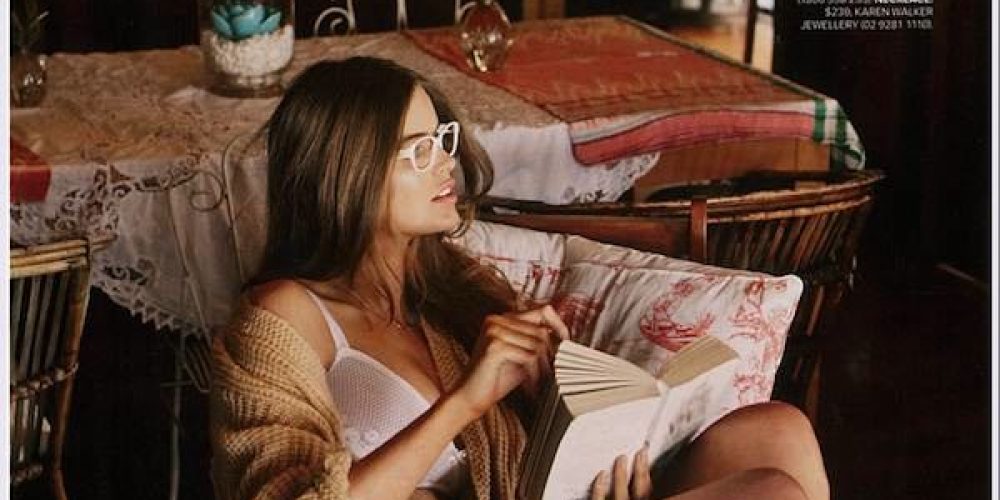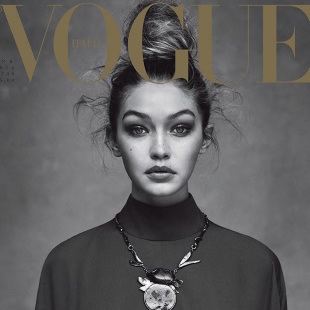In an anonymous interview, a scout and booking agent for the plus-size models, spoke with Business Insider about rates for plus-size models, the instability of work, the power of social media, and the self-image of plus-size models.
Here are our highlights:
Claire: Catalogue work is the big money-earner, especially in Germany. Simply Be, for example, used to pay £1,800 ($2,771) a day for girls they loved.
That dropped after the crash, but ball park £1,200-1,500 ($1,847-2,309) per day for the popular girls they used regularly. There would also be travel costs on top of that, plus if there was shooting abroad, there would be a half day rate applied per travel day.
For a magazine editorial shoot, it would be around £250 ($385) a day. For a catwalk show, maybe £150 ($231). A lingerie shoot for a day for a brand could be £400-600 ($616-924).
The industry fluctuates. When I started in the industry [in the late 2000s,] it was still an emerging market with a lot of clients not taking plus-size modelling seriously.
Some treated it as a freak show. When Jean Paul Gaultier used Sophie Dahl, when she was bigger, in a catwalk show, this was a prime example of that attitude. Was he saying he loved bigger women? Probably not — as to my knowledge he hasn’t used one during his shows since. So she was a spectacle – a shocker to draw the crowds and get him some column inches.
Also look at the designer Mark Fast using model Hayley Morley for his London Fashion Week show in 2009. It got him tonnes of media and helped make himself a name in the fashion world. It helped her too, of course, but that isn’t the case so much any more, as the media has taken on board that fashion should represent every woman and every size.
Bookings did increase, but again fluctuated depending on which girls you had on your books. Some girls defied everything because they were just so amazing, and perfect body-wise. Some clients would change what they wanted in the campaign so they could book them.
For us, anyone above a UK size 18 / US size 14 wasn’t easy to promote. But at the time, there weren’t the clients that wanted that size. If a girl wanted to work, sometimes she would have to lose a bit of weight to get to a more commercial size. which was ideally a UK size 16 / US size 12.
In America, the girls had «fat suits,» or just extra padding they could strap on to make themselves look curvier. This was usually applied around the hips. A few wore all over fat suits as it was too obvious sometimes. And, of course, some use a nice padded bra.
Also, we always had to ask if a girl had surgery in the past, as many lingerie clients wouldn’t use a girl who’d had breast enhancements, as it may have damaged their product if that detail was found out in the media.
[Plus-size models] tend to be a little happier purely because they were allowed to eat! But most models are insecure, purely because they are in an industry that judges on outward appearance, and a vast percentage just didn’t have a thick enough skin.
For the plus-size girls, they have to learn early on to love themselves for who they are, love the curves, the cellulite and the jiggle, and even though it’s not easy to hear a client muttering about it as a negative aspect on a casting, you have to take it on the chin and just move on. But there are lots of fragile egos still out there.
I doubt Tess Holliday will get much more work than the Yours campaign she has just shot. Her agent has been very savvy from day one about using social media to drum up interest in her girls, and to win clients. But again, I think the much bigger sizes don’t have staying power. It is a freak show. The buzz will die down again.
I’ve seen how the seasoned and popular girls work out and take care of themselves and it’s inspiring stuff. They will never been a [UK] size 10, but they are a glorious and healthy and toned [UK] size 16. Prime examples are Laura Wells and Robyn Lawley. Granted there are a lot of bloggers out there like Holliday who are [UK] size 20+ and write about fashion and acceptance, and good luck to them, but I’m doubtful it they will ever stick in the mainstream long term.






